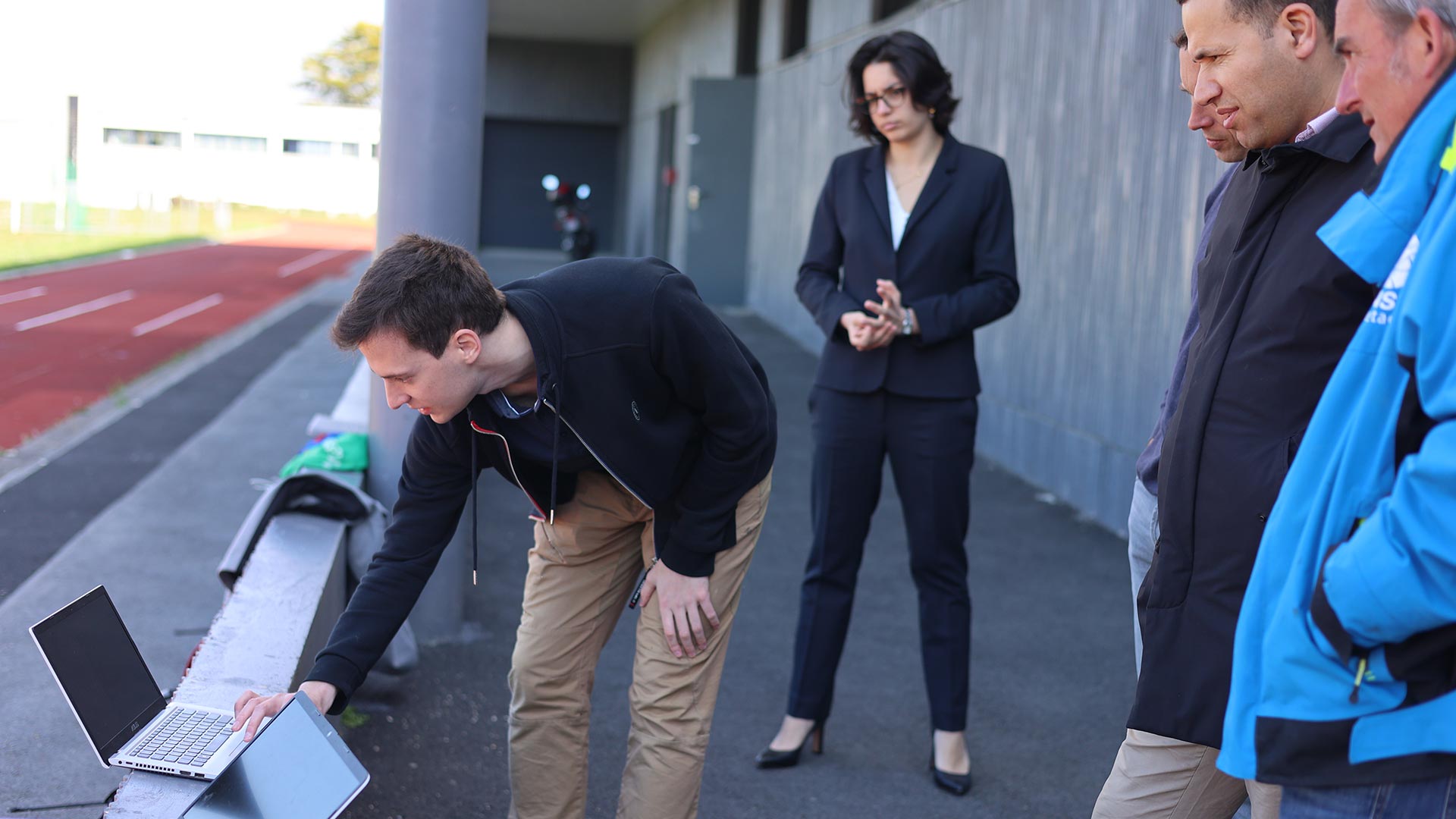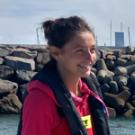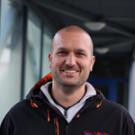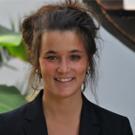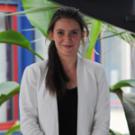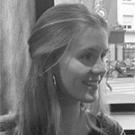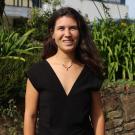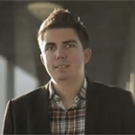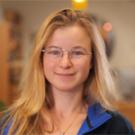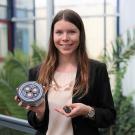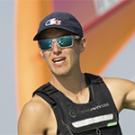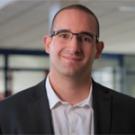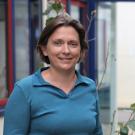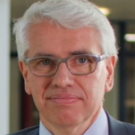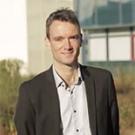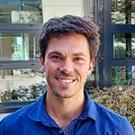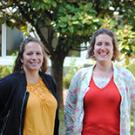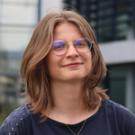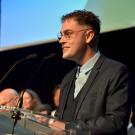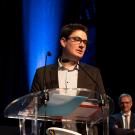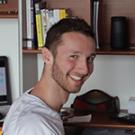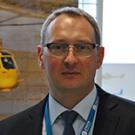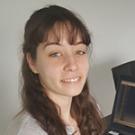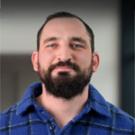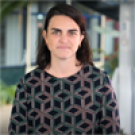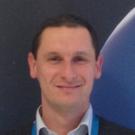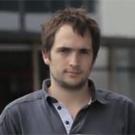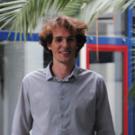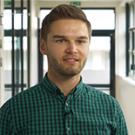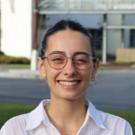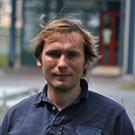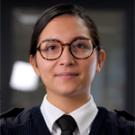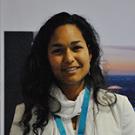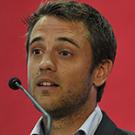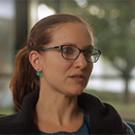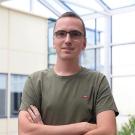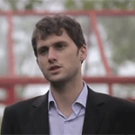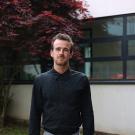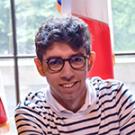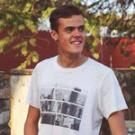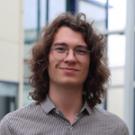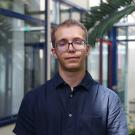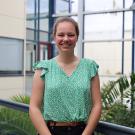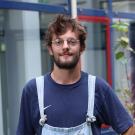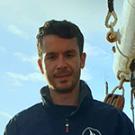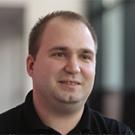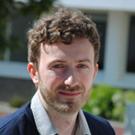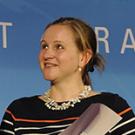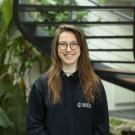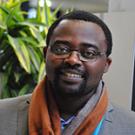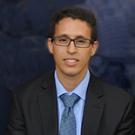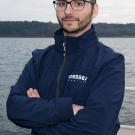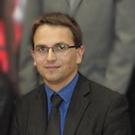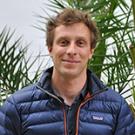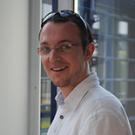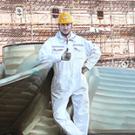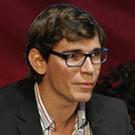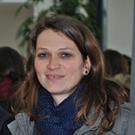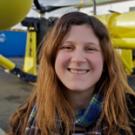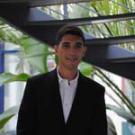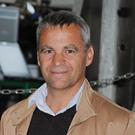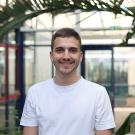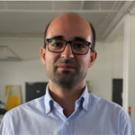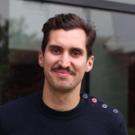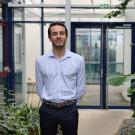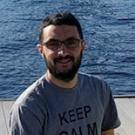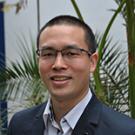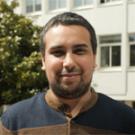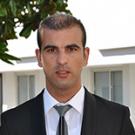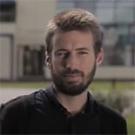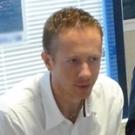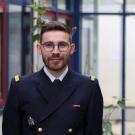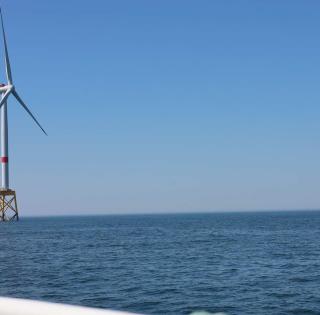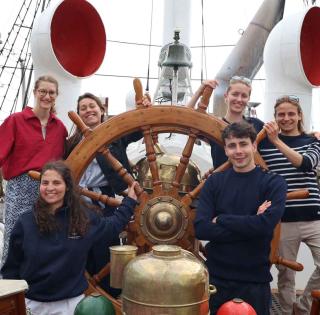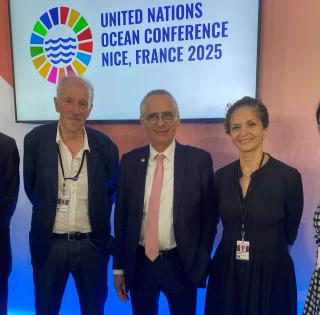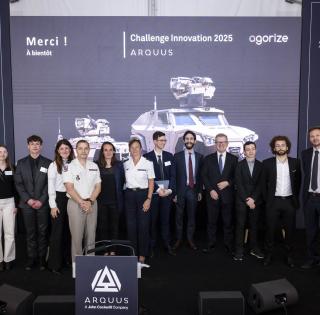
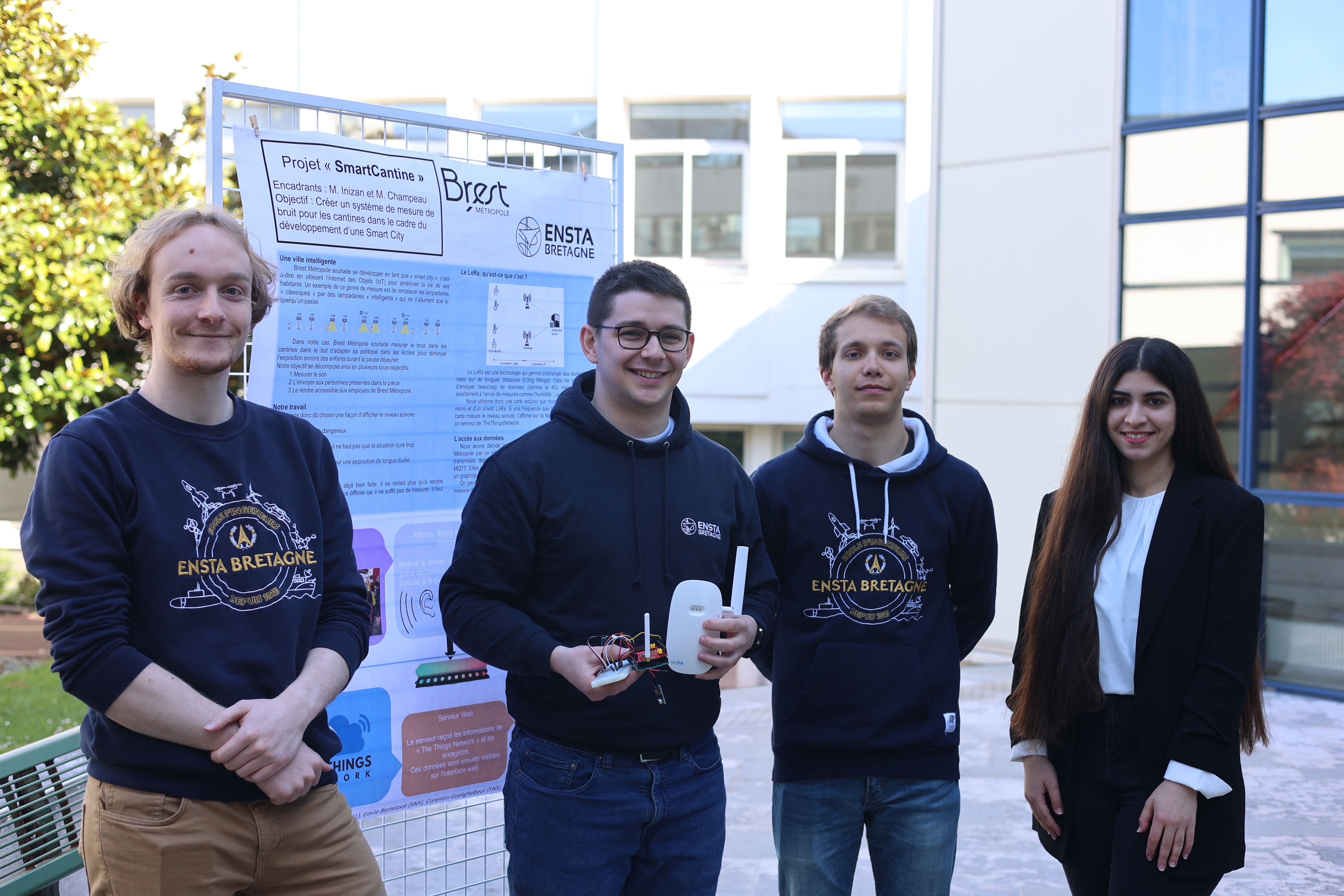
Smart Canteen
For this project, students were required to :
- measure the noise in Brest canteens,
- display information in real time on a lighted panel with a color code to illustrate the noise intensity
- send the data to a web server to allow it to be monitored and analyzed by the city in order to implement noise reduction solutions.
"We set up a complete system including a sensor (microphone with a PCB), connected to a led strip and to a server connected to a web platform".
Although the tool could not be tested in a real situation, the initial tests carried out by the students were conclusive.
We discovered technologies that we had never used before and that can be found in the home automation sector in particular. It is very satisfying to see how far we were able to come starting from a blank page.
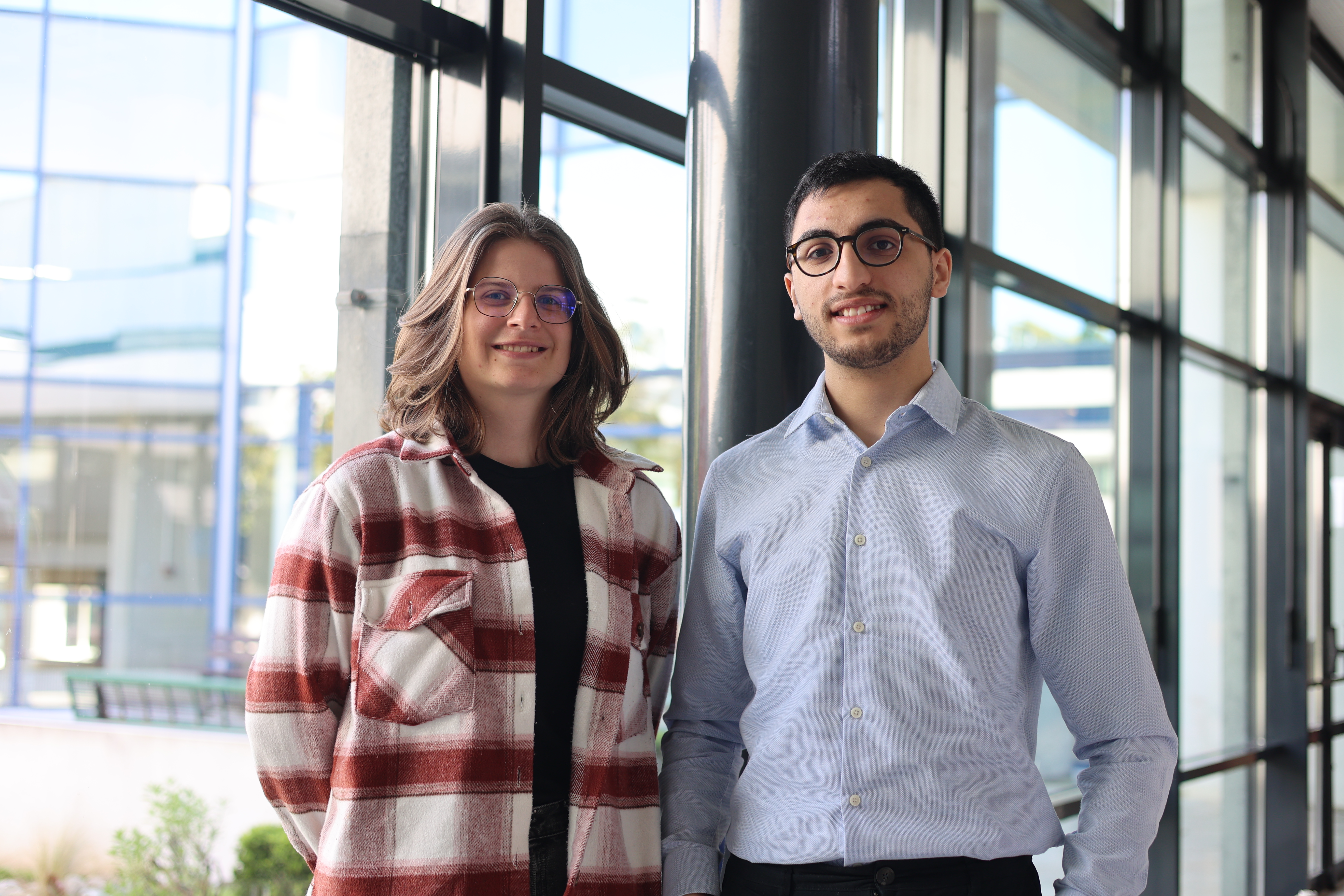
Deformation of an aluminum roof incorporated on a white steel vehicle body
In order to reduce the energy consumption of vehicles, car manufacturers are working on reducing vehicle weight, in particular through the use of new materials. Elie and Chloé worked on a Peugeot 5008 roof made of aluminum, a material that could replace steel.
The difficulty lay in the difference in the behavior of the materials: the aluminum roof deformed more than the white steel body when subjected to high temperatures.
"We developed an analytical model and observed two main parameters:
- the critical buckling temperature, i.e. the heat at which deformations occur and the buckling mode:
- the shape taken by the part when heated.
We then proposed solutions to tackle this phenomenon, including curvature and groove clearances.
This project gave us a good insight into the R&D work done in the industry. We are delighted that the Stellantis teams are now using our results".
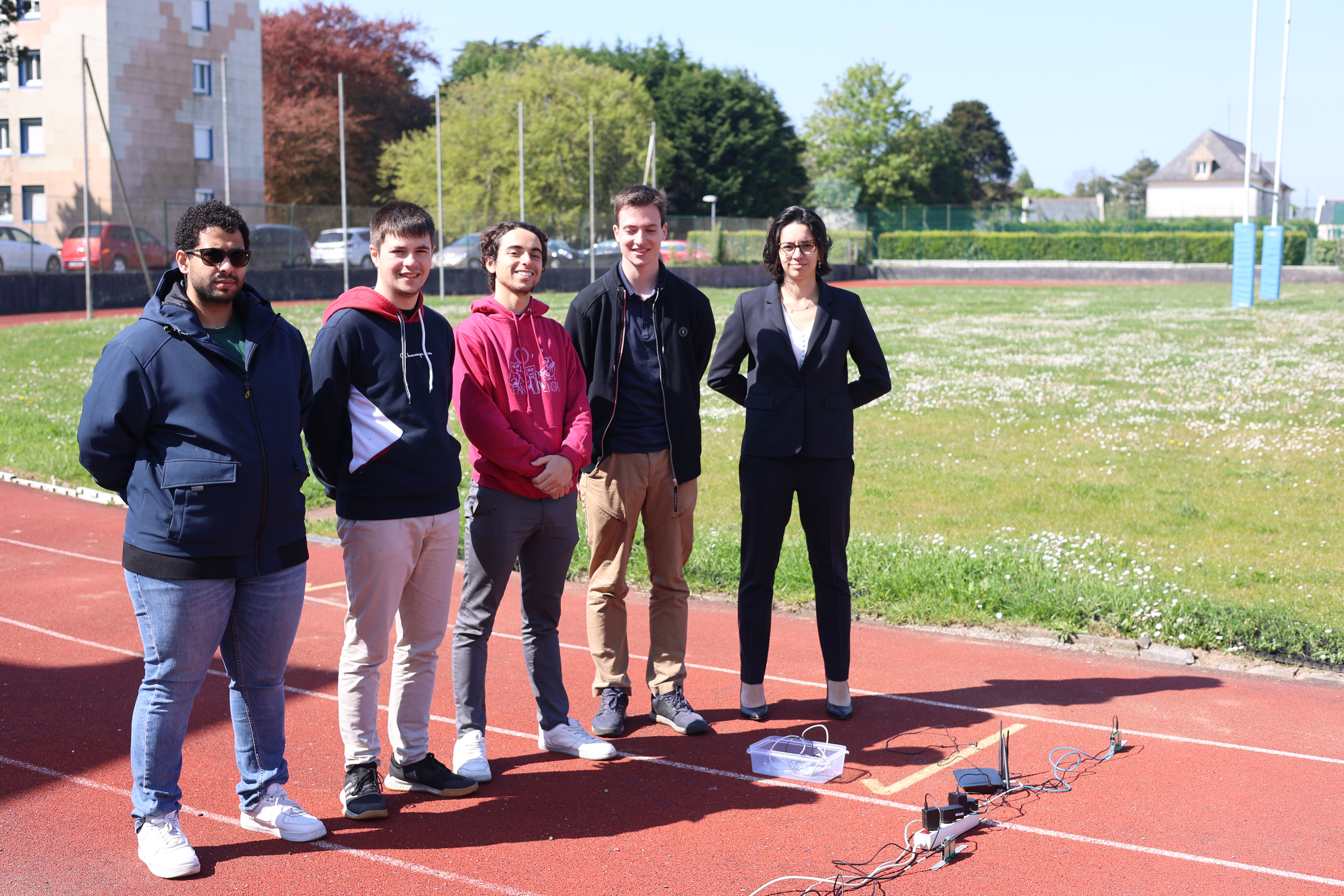
ModRadar project
The aim of this project was to test small radars recently acquired by the school in a practical situation. The students chose to monitor runners in real time and incorporate distance and speed data on their video, also in real time.
"This was a complete project that allowed us to improve our knowledge in the field of radars, signal processing, image processing, networks, artificial intelligence and agile methods".
The team worked in agile mode. Each team member focused on a specific topic, and their work was then pooled. A number of experiments were carried out during the project's 2nd phase to confirm the concepts and determine areas for improvement.
"We gradually improved the system to achieve a functional result. Even if it remains perfectible, we were able to confirm the physical concepts".
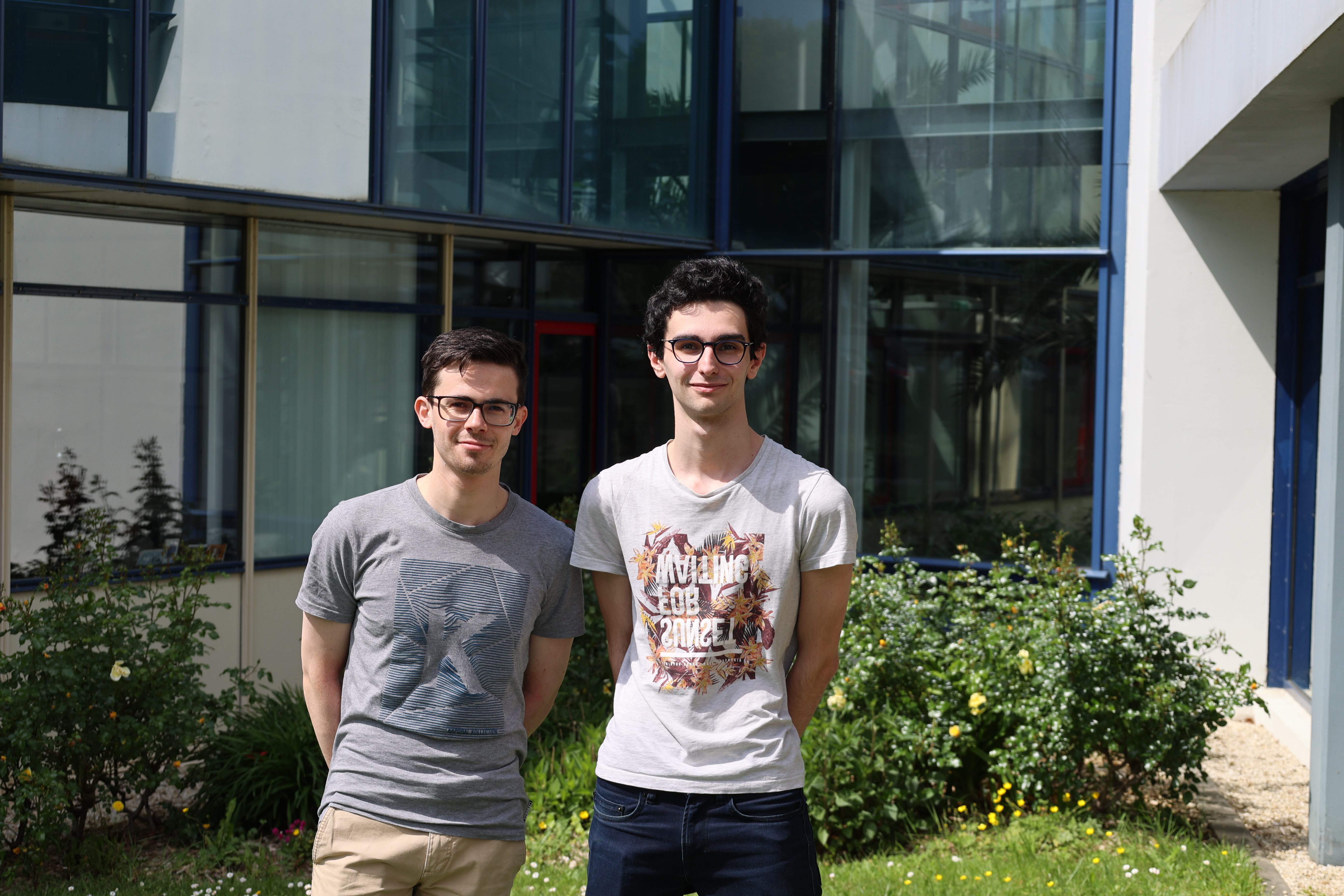
Ecological mooring project
Proposed by the Lorient-based start-up TEMANO, the project focused on the study of innovative mooring lines with numerous advantages: an anchoring system that is ecological (elasto-textile anchoring does not damage ecosystems as do steel chains that scrape the sea bed), more durable (does not rust) and less complex to replace.
The aim of the project was to understand and measure the ability of the rubber component to withstand the loads involved (rise and fall of the sea) over time (total number of cycles).
"One of the challenges of this project was to simulate the system in the Abaqus finite element software: rubber is a non-linear and therefore difficult to model material and the local forces involved are complex. While we would have liked to do more, it did allow us to progress both technically and in terms of project management".
The work done by Mathieu and Yohanna will be continued in order to provide a better understanding of the phenomena.
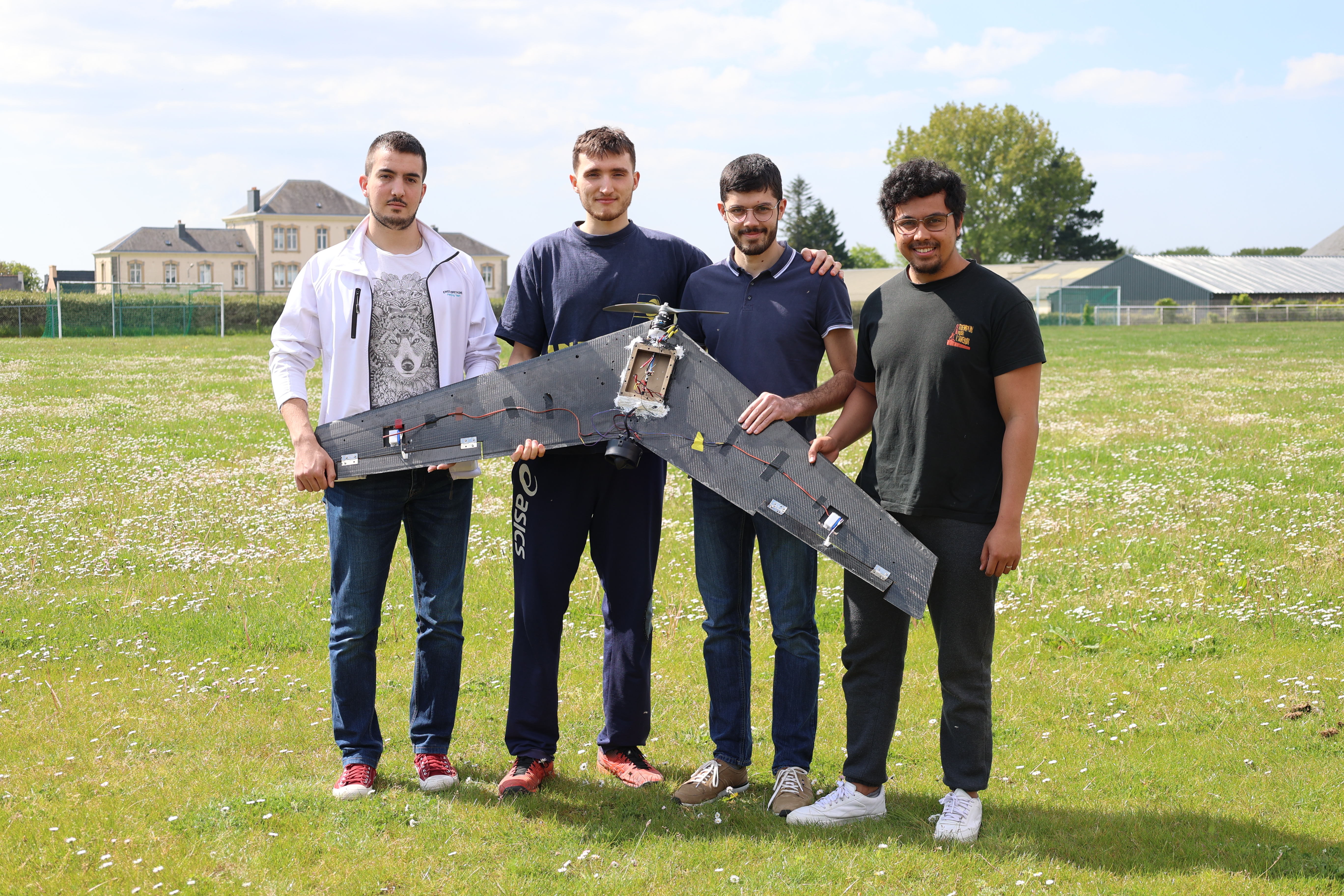
Cinclus project: underwater flying robot
The aim of this project was to design and build an autonomous robot capable of traveling long distances underwater and then rising to the surface and flying in open air. During its mission, the robot has to be able to collect and send data.
"Robotics is a discipline that includes many areas of expertise and in this project we addressed many of them: mechanical design and manufacturing including fluid mechanics as well as embedded electronics, python programming, sensor management, etc."
The students first developed an initial prototype robot that performed well in water, but was unstable in flight. "We decided to change the device's geometry for the second prototype. We used the school's equipment to make it: hot-wire foam cutting, machining, additive manufacturing, etc."
Several tests were then carried out to test the robot's performance. Despite a few sealing problems, the robot demonstrated its performance capabilities.
"It was a highly rewarding, formative project. During internship interviews, recruiters appreciated our involvement in this project and the scope of the work carried out.”
The project is expected to continue next year with the development of algorithms in particular to automate the system and process the data.
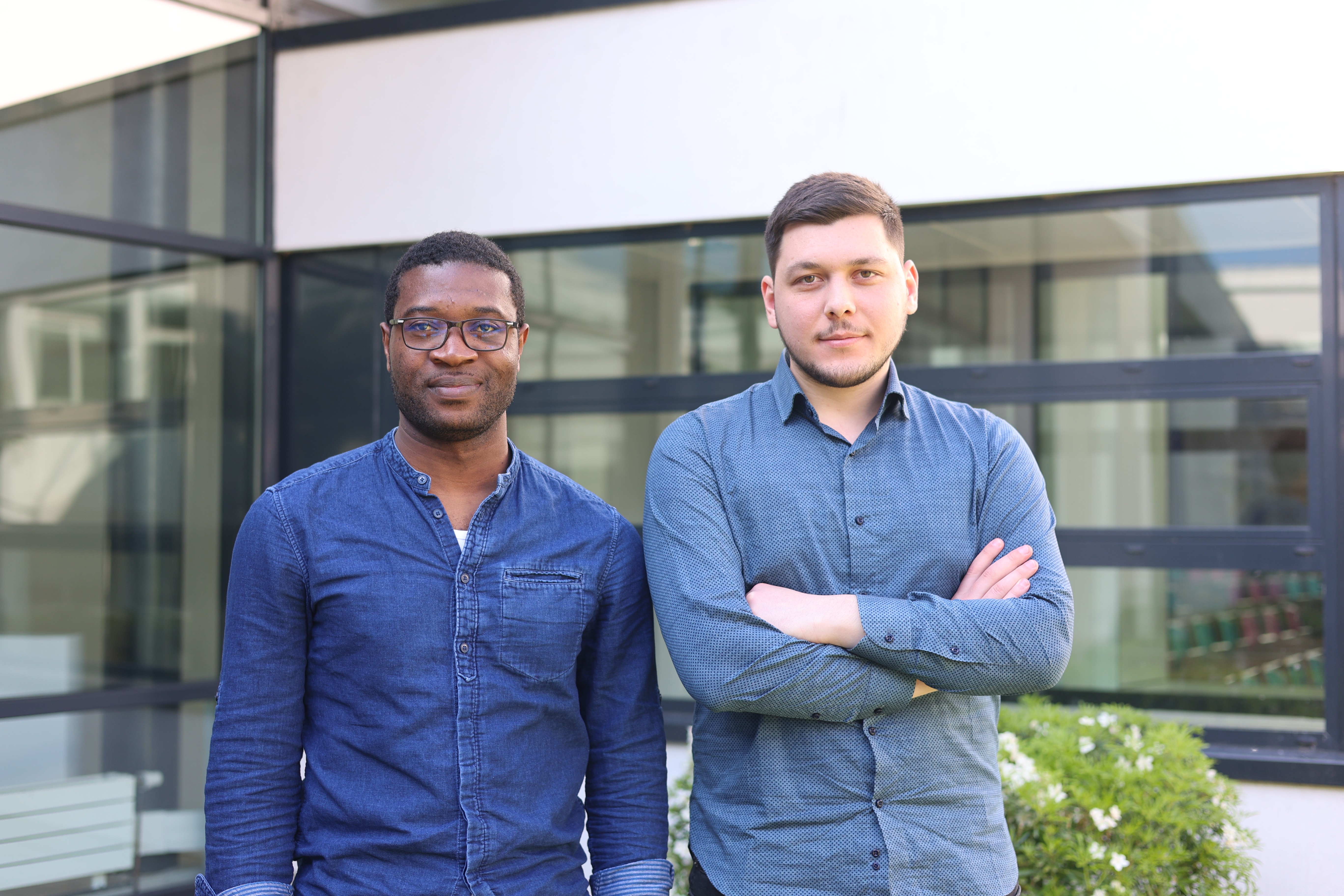
Project to optimize an automobile production line and the filing of patents.
During the 3rd semester, mechanical engineering students worked in groups on the optimization of an automobile production line. The aim was to develop a robotized system that would allow the installation of various types of vehicle roofs on the same line through a versatile tool.
In the 4th semester, Albi and Serge analyzed all the proposals made by the students during the previous semester. Eight projects were selected out of which the Stellantis company selected 5 whose innovations could potentially be patented.
"For these 5 concepts, we drafted patent intentions. This is a first step in the creation of a patent. These documents will then be submitted to a patent engineer who will analyze the concepts involved and ensure that they are patentable".
In parallel, the students worked on a proposal for a new system that brought together the best subassemblies. "We continued to work on the subassemblies and defined the components. The selected technological solution then took the form of a digital model.”






